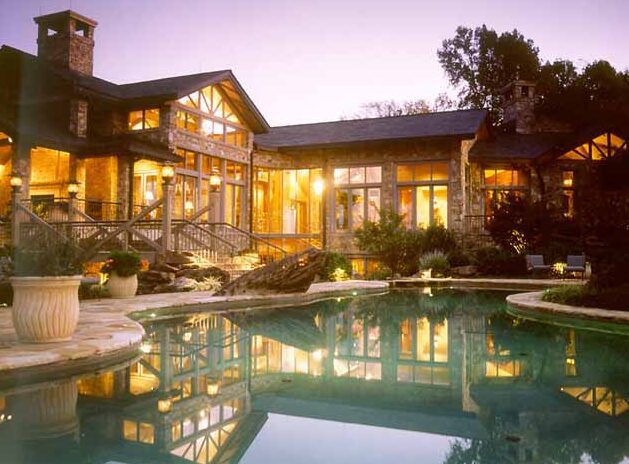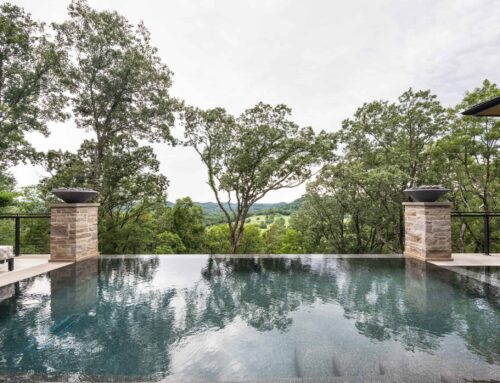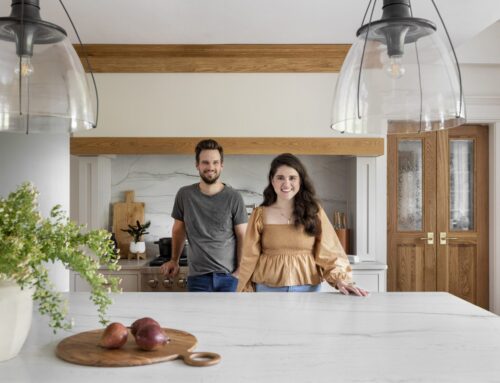When designing a new home, most homeowners are tempted to go about it in reverse, choosing the details before they really have a complete overall plan. Nashville architect Terry Bates advises, “You should always start with an overall general concept and move to specific design or you’ll either be over budget, or you’ll have to settle for less than you expected.”
“By the time the drywall goes up, you’re half way through your budget,” says Terry. And at this point, you may not have the money left to pay for the finishes that you fell in love with in the beginning.
“You have to ask yourself, ‘Who am I and how do I want to live? Not, what do I like?’ Most people live casually even if they have the resources to live formally. Small, well-designed homes that live large are consistent in finish all the way through.”
But this doesn’t mean that every single item was the most expensive. “If you have a good plan, then you recognize that in every room you have a main focus, two or three secondary points, and everything else is tertiary,” offers Terry.
By allocating your budget based on this plan, you can spend less money on the tertiary points. If you don’t have a good plan, then you’ll make decisions for every item, like a faucet, based on how it compares with other faucets in the showroom and the tendency is to pay for the best one – generally pushing you over budget.
If you realize that in your plan, the faucets are tertiary and maybe the shower is the main focus, you’ll realize that the faucet can just be one that works with the design because the main point is the shower. This keeps your budget balanced in order of importance and you end up with great value in a home that is consistent from start to finish.







Leave A Comment
You must be logged in to post a comment.